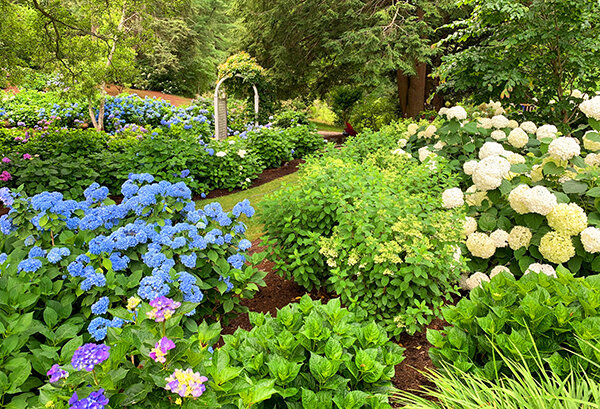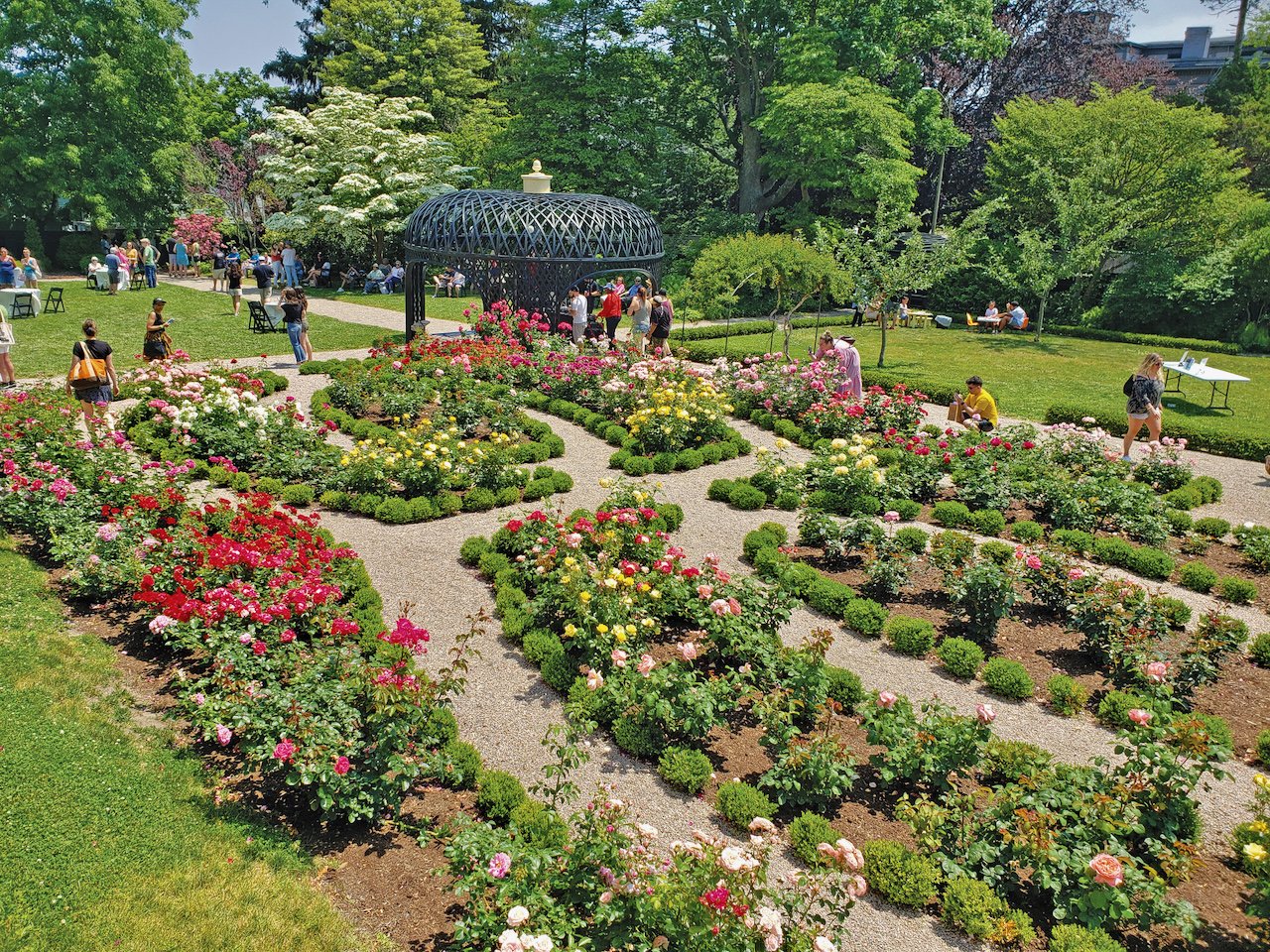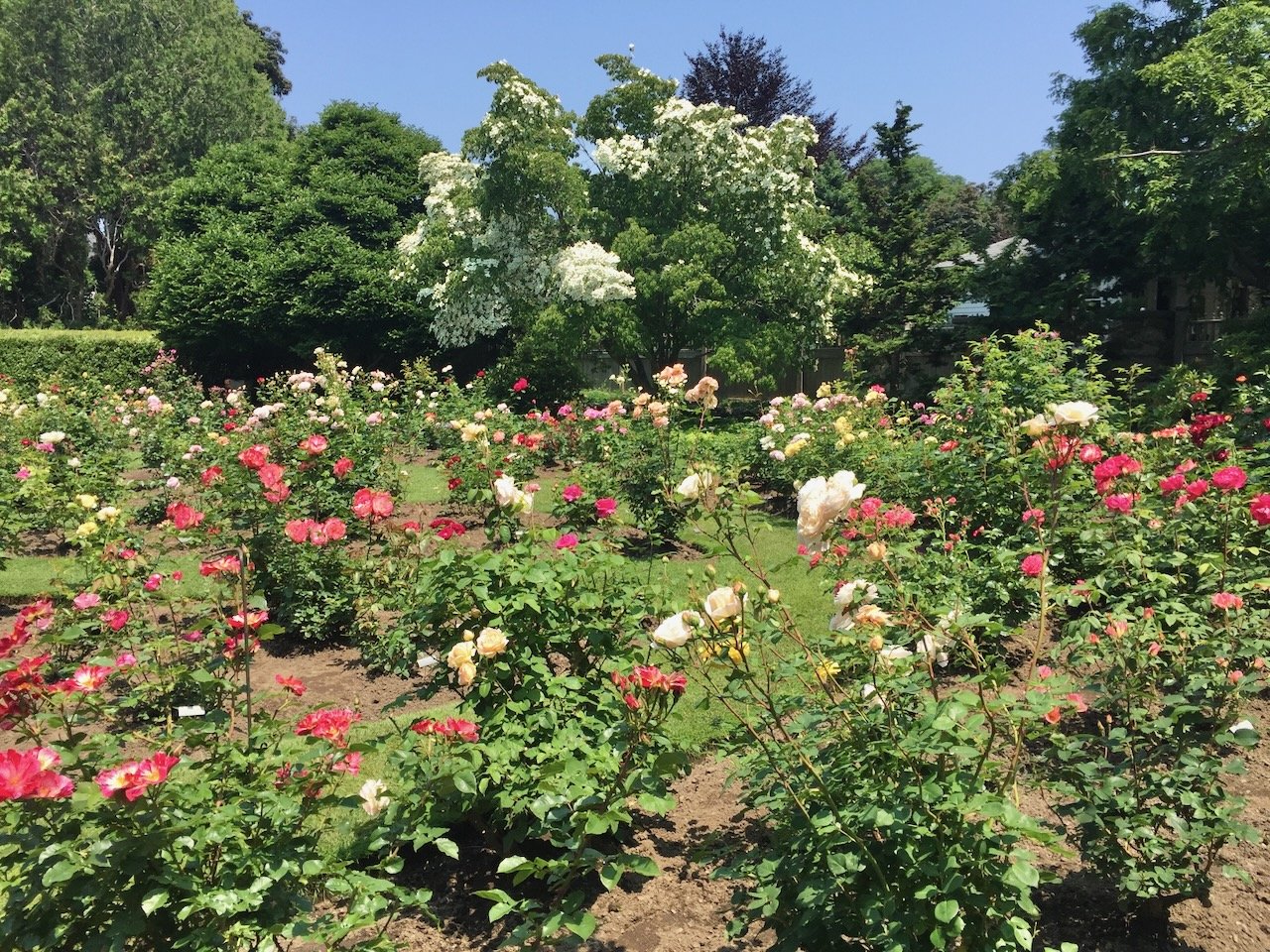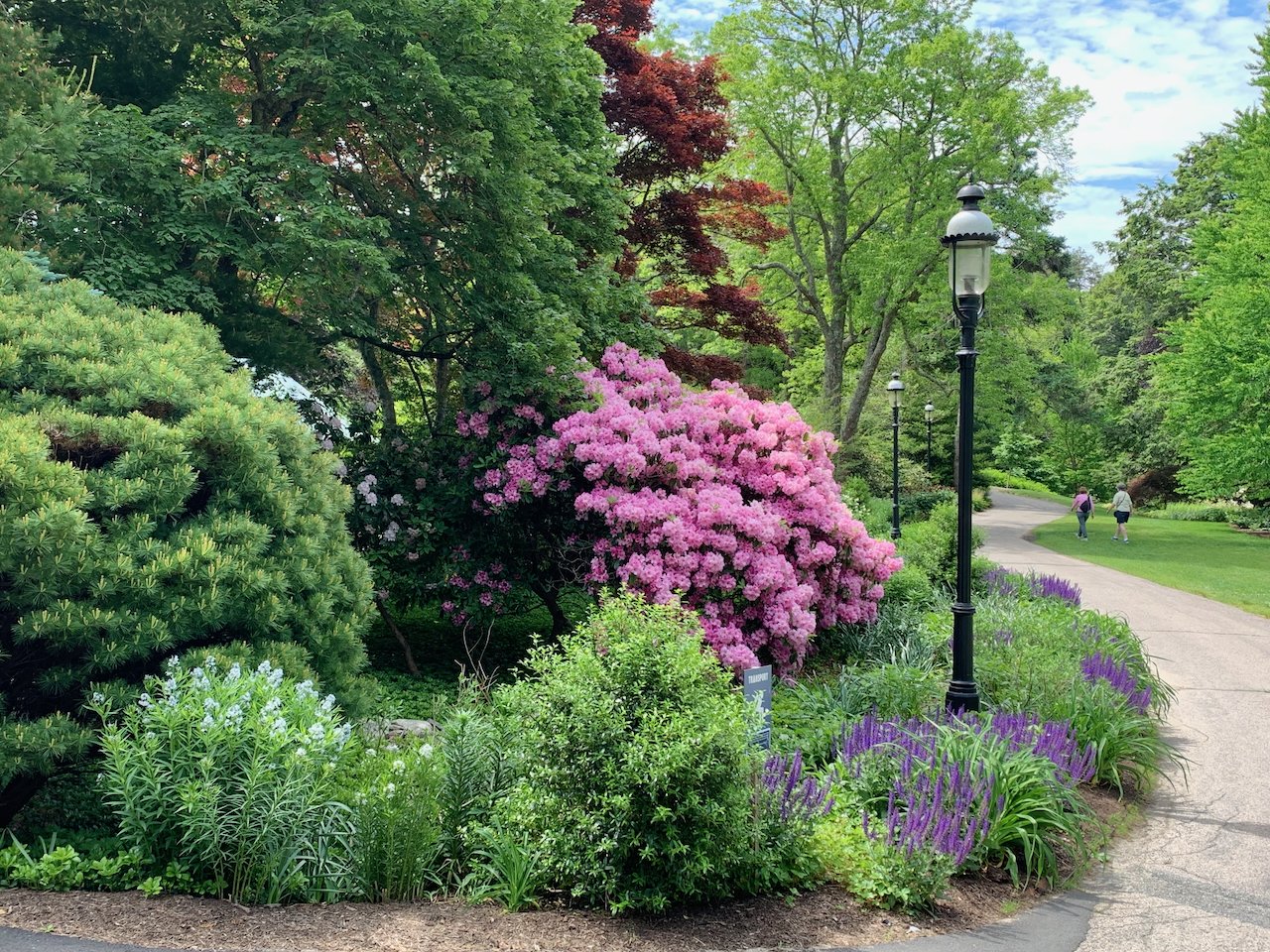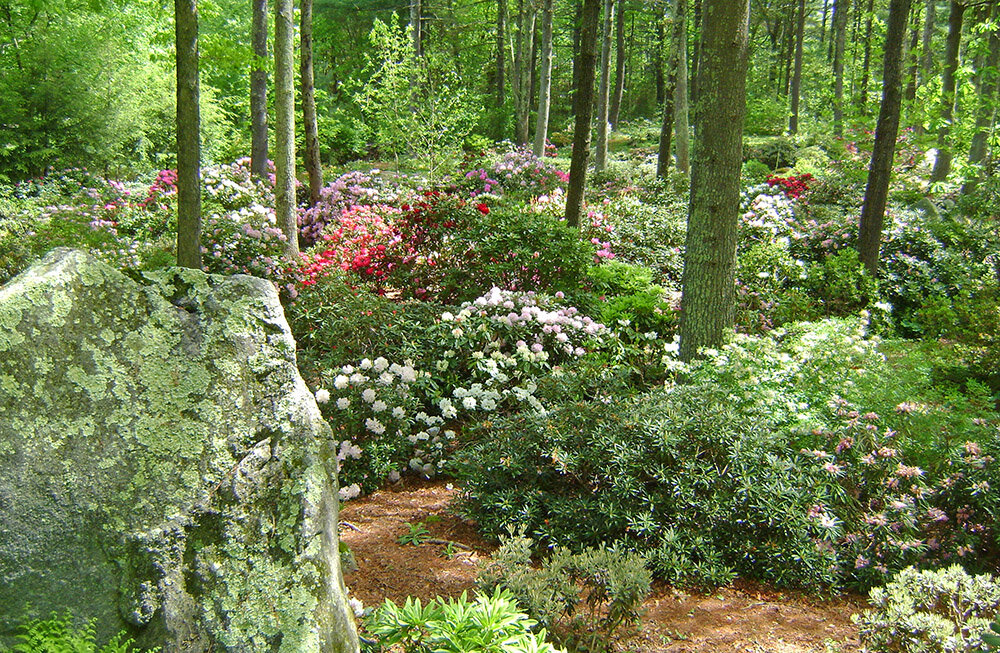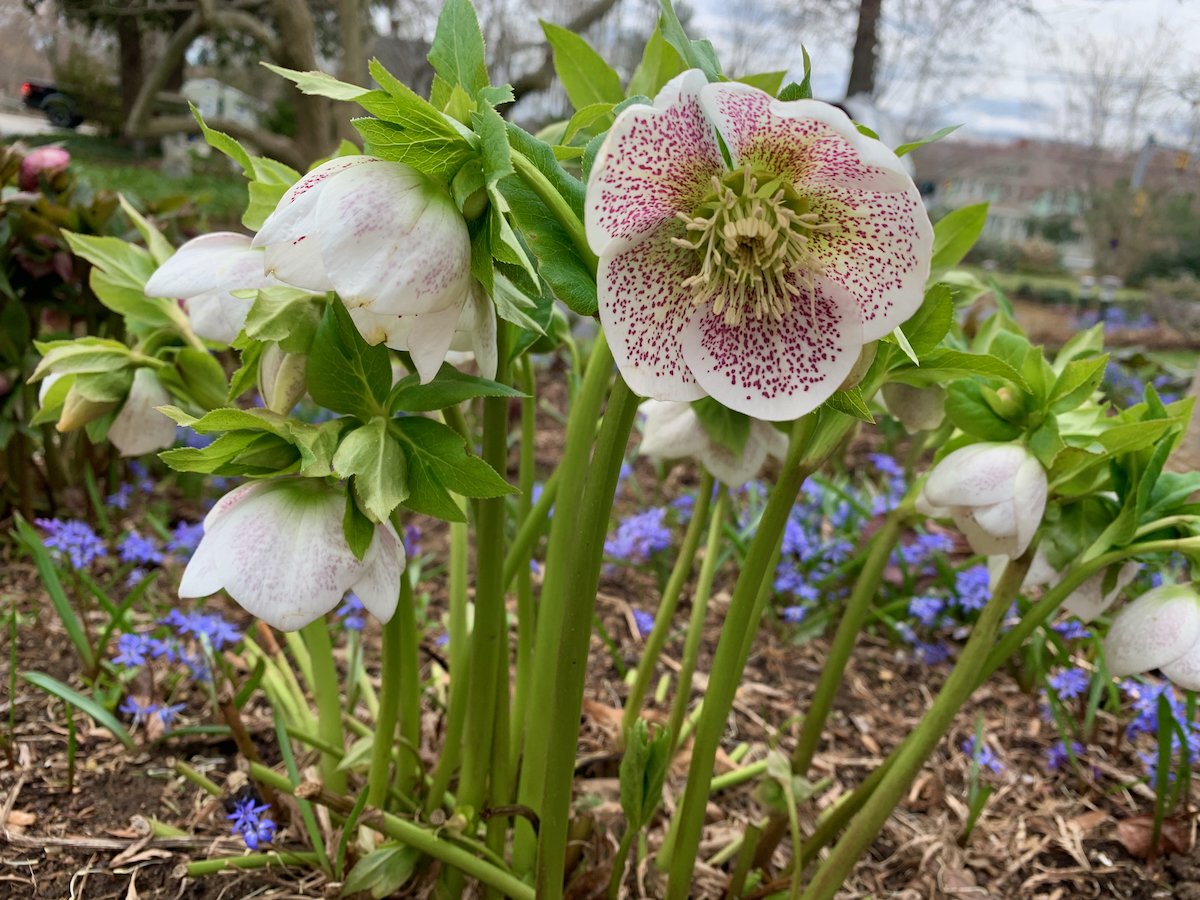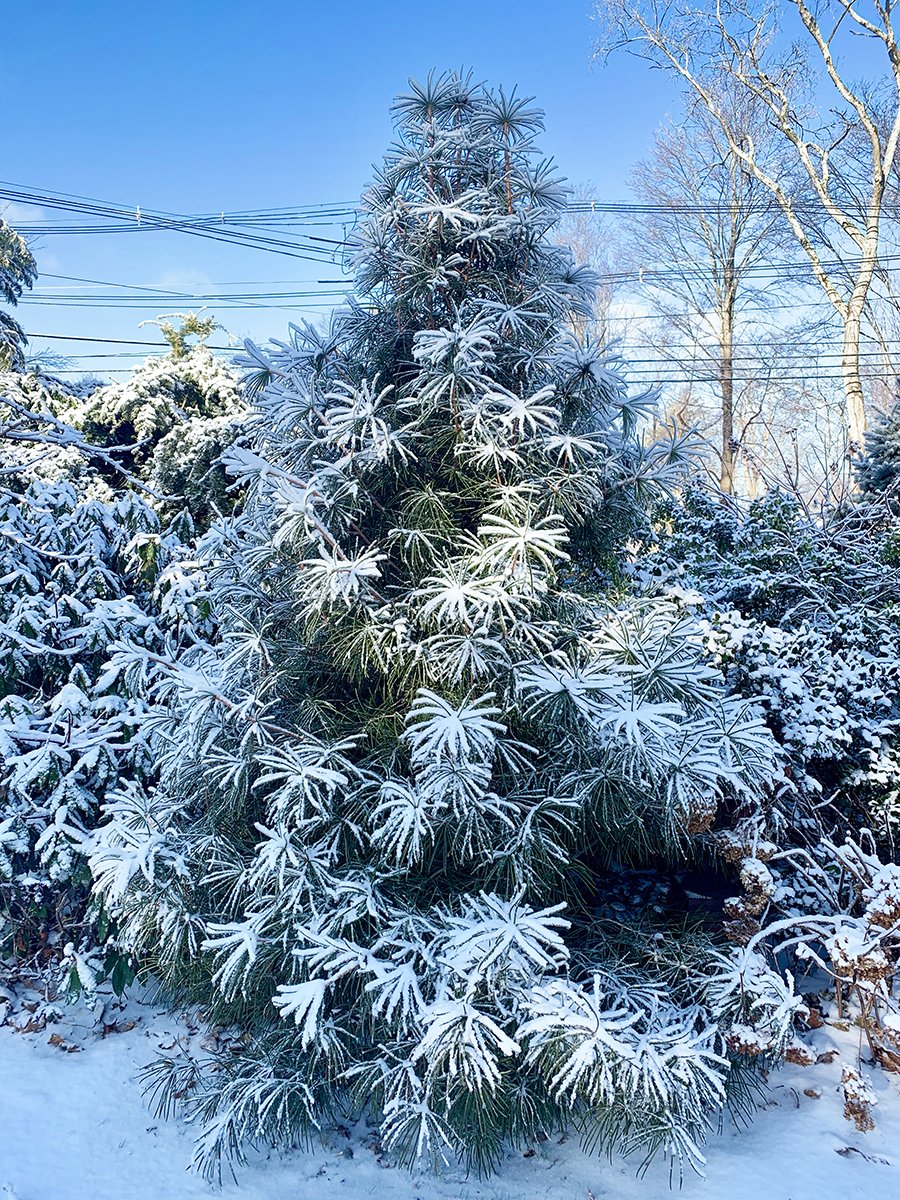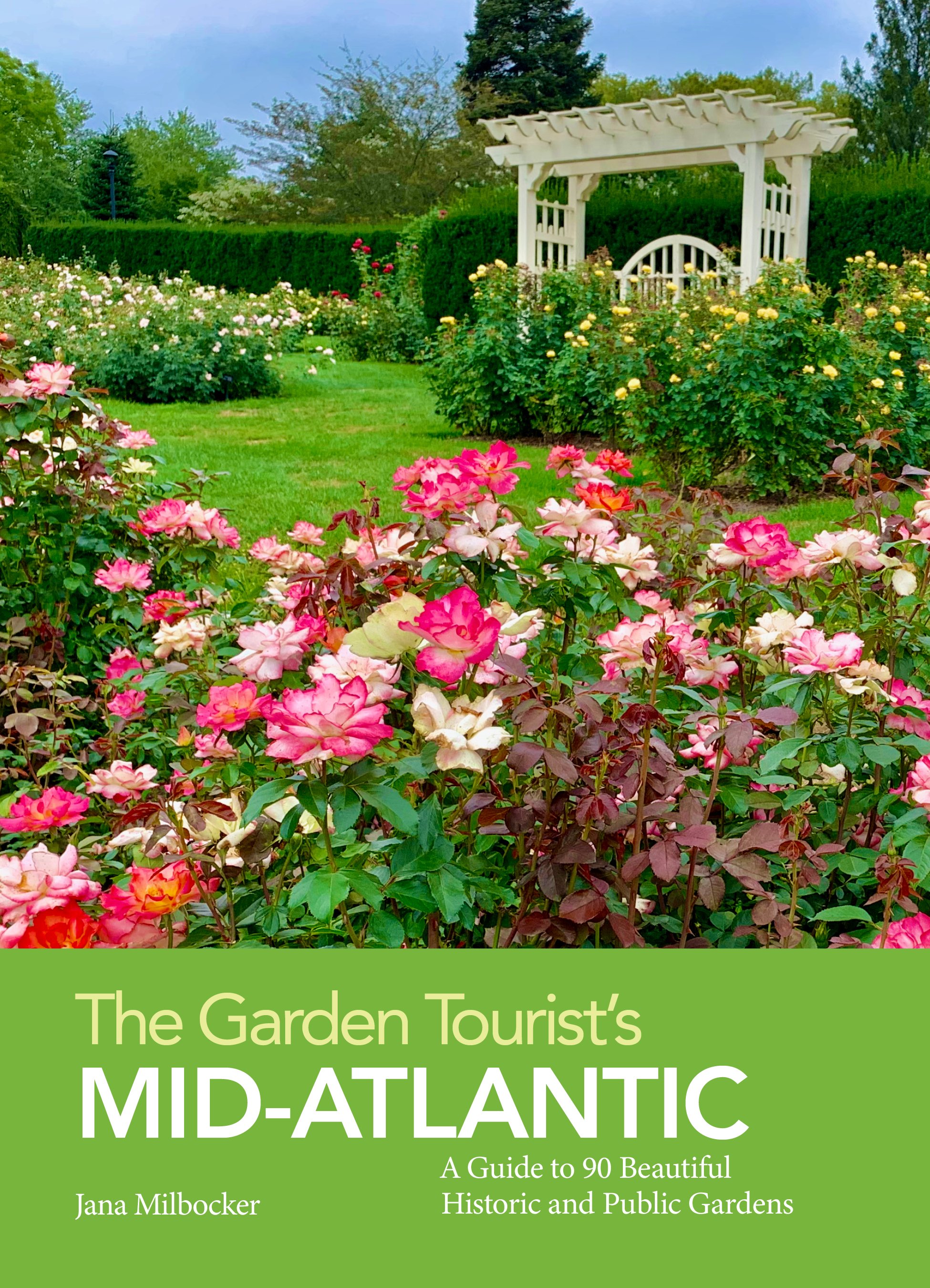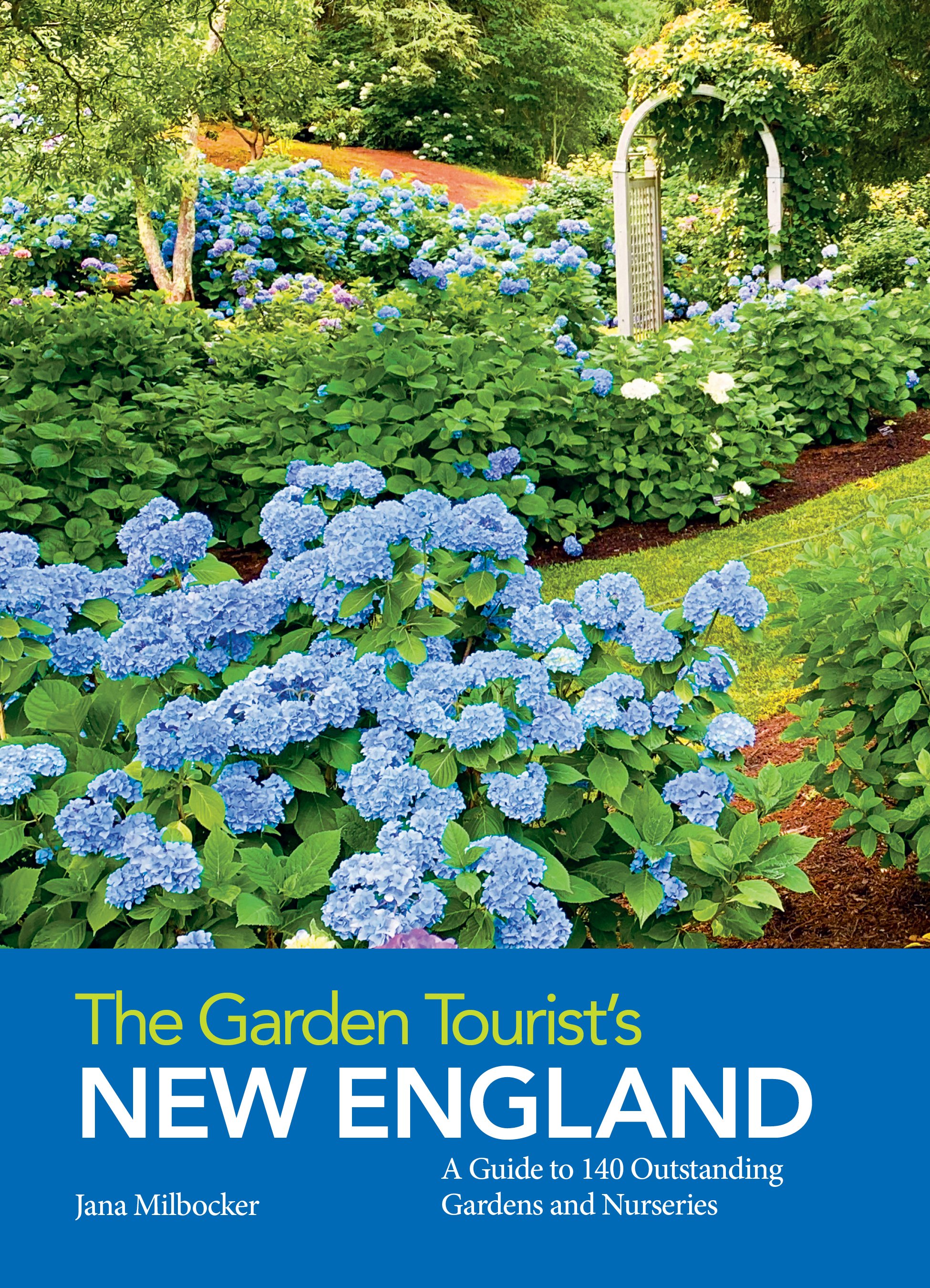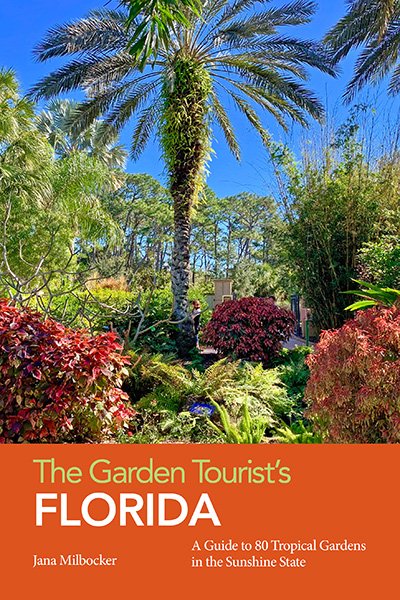Geraniums: Delicate Beauty for the Perennial Garden
/During a recent garden tour, I pointed out a clump of beautiful hardy geraniums to my friend, and got the usual confused look. Upon hearing the term ‘hardy geraniums’, most people look for Pelargoniums, whose big, bright blooms adorn millions of flower boxes and porch planters. The term ‘hardy geranium’ however, refers to a genus of delicate mounding perennial flowers ranging in color from cornflower blues to soft pinks, mauves, purples and deep maroons. Also called “cranesbills” for the shape of their seedpods, hardy geraniums have flowers and foliage that are smaller and finer than those of pelargoniums, and reward the gardener by returning reliably and blooming profusely year after year.
I grow only six of the 400 species of hardy geraniums that have been identified. The plants are perfectly adapted to Massachusetts gardens, thriving in zones 4-8. Most form low, dense mounds with small cup-shaped flowers that float above the foliage on thin stems, attracting bees and butterflies. The translucent flower petals look particularly beautiful when backlit. While all species exhibit five-petaled, symmetrical flowers and finely divided palmate leaves, some have contrasting splotches or veining. Even when not in bloom, hardy geraniums add beauty to the garden from spring through fall with their leaf shapes color variations.
Hardy geraniums are extremely flexible plants, and whether you are looking to fill a dry, sunny spot, an area with part shade or a groundcover for the woodland garden, you will find a geranium that will suit your situation. I love to use Geranium sanguineum, also known as Bloody Cranesbill, in place of annuals at the front of a border. The plant forms a low (8”), wide mound with a profusion of magenta flowers light up the garden all summer long. In my garden it is gorgeous combined with purple heuchera, lamb’s ears, ‘Blue Star’ juniper and bearded irises.
For those that love masses of true blue, billowy flowers, there are two wonderful geranium varieties: ‘Johnson’s Blue’ and ‘Rozanne’. ‘Johnson’s Blue’ forms 18” mounds of cornflower blue flowers that grace my perennial bed for the month of June. ‘Rozanne’, awarded the title of “2008 Perennial Plant of the Year”, is taller with 2.5 inch violet-blue flowers that bloom all summer, and deep green foliage lightly marbled with chartreuse. I fell in love with it when I saw the “Rozanne River” in the Bressingham Garden at Elm Bank.
I recently acquired my first Geranium phaeum, also known as Mourning Widow or Dusky Cranesbill from the Cotton Arbo-retum in Winchester, Mass. Geranium phaeum is one of the taller species, up to 32” in bloom, with purplish brown spots on its leaves and deep maroon, almost purplish black flowers. This geranium can be grown in dry shade and combines superbly with chartreuse hostas and hanoke grass.
Although it is difficult to chose a favorite geranium species, my favorite is Geranium macrorhizum (Bigroot geranium) with its bright pink flowers in early spring, scented foliage which turns a bright scarlett in autumn, and its tolerance of dry, shady areas. I am partial to any plant that survives under my massive maple trees and adds so much beauty to such an inhospitable site.
Hardy geraniums require little care once established. They prefer moderately rich soil, and have no significant pests or diseases. I shear my plants back to their basal foliage once in mid-summer to encourage new leaf growth and reblooming. (The only exception to this is Geranium macrorhizum, which can be deadheaded and needs no shearing.) Geraniums live longer if divided every 3-5 years, and your friends will be happy to receive divisions of these wonderful plants for their own gardens.
You Might Also Like

